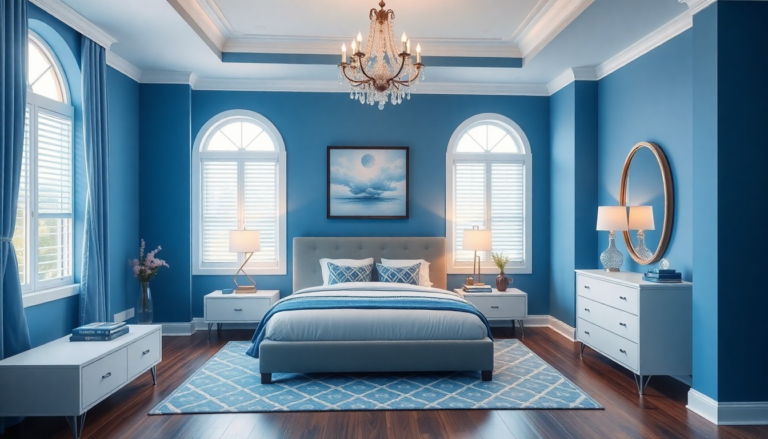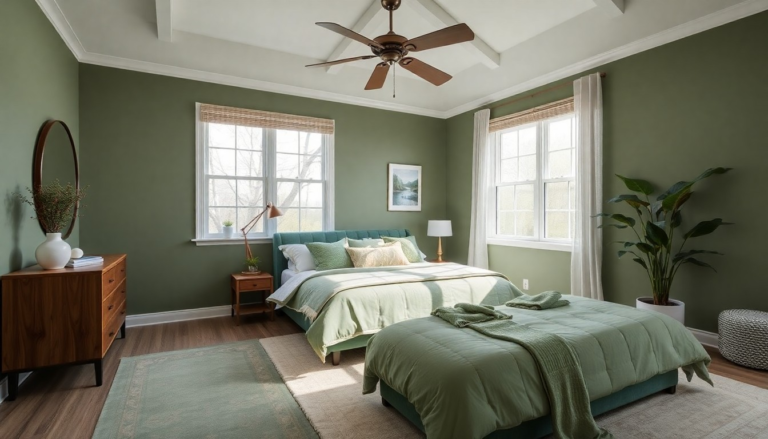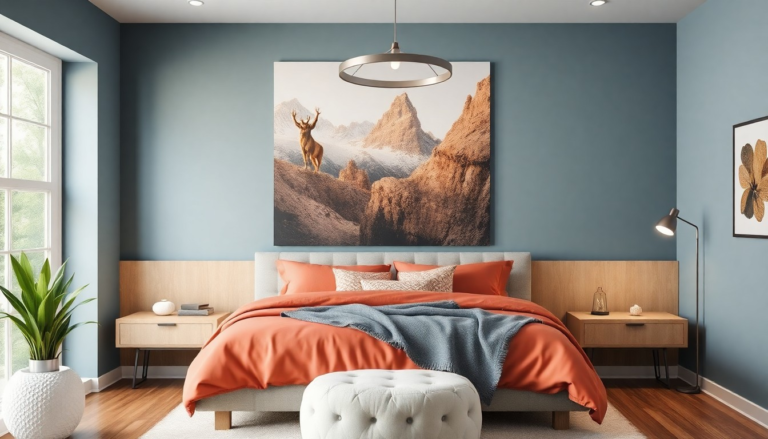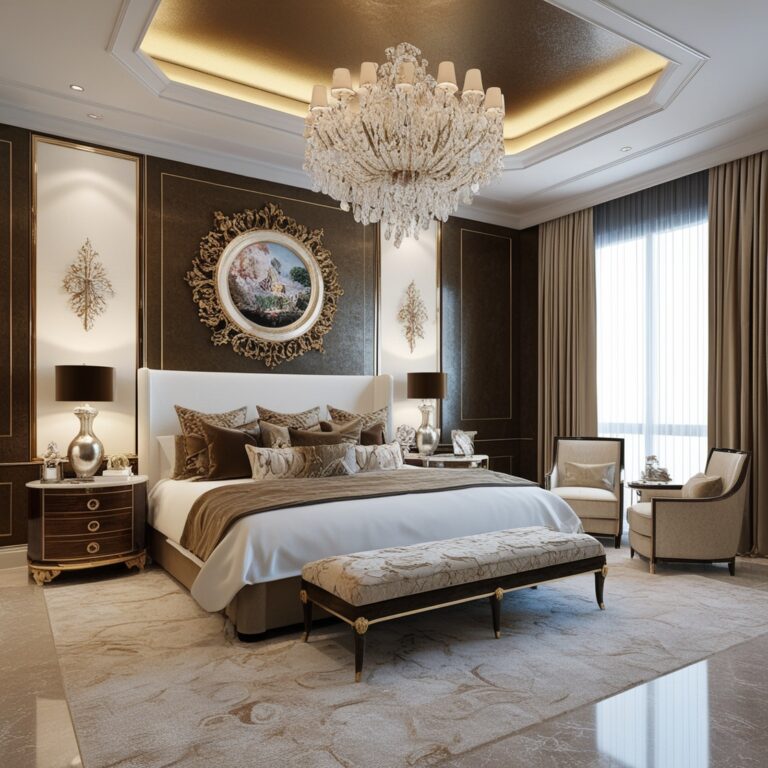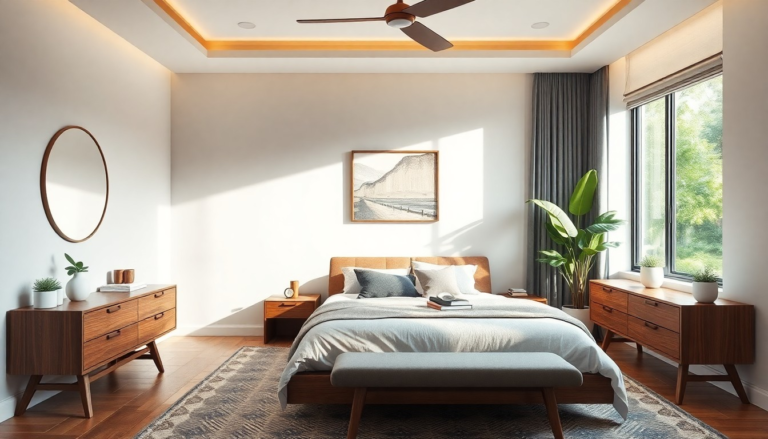21 What is a Standard Bedroom Size? A Complete Guide

Have you ever walked into a bedroom and thought, Is this too small? Too big? Just right? Figuring out the standard bedroom size is crucial when buying a home, remodeling, or designing a space.
A bedroom isn’t just a place to sleep—it’s your retreat, your comfort zone, and sometimes even your office or reading nook.
But how much space do you really need? And what size is considered “standard” across different homes?
Let’s break it all down, from minimum bedroom sizes to luxurious master suites, so you know exactly how much space to expect.
1. What is Considered a Standard Bedroom Size?
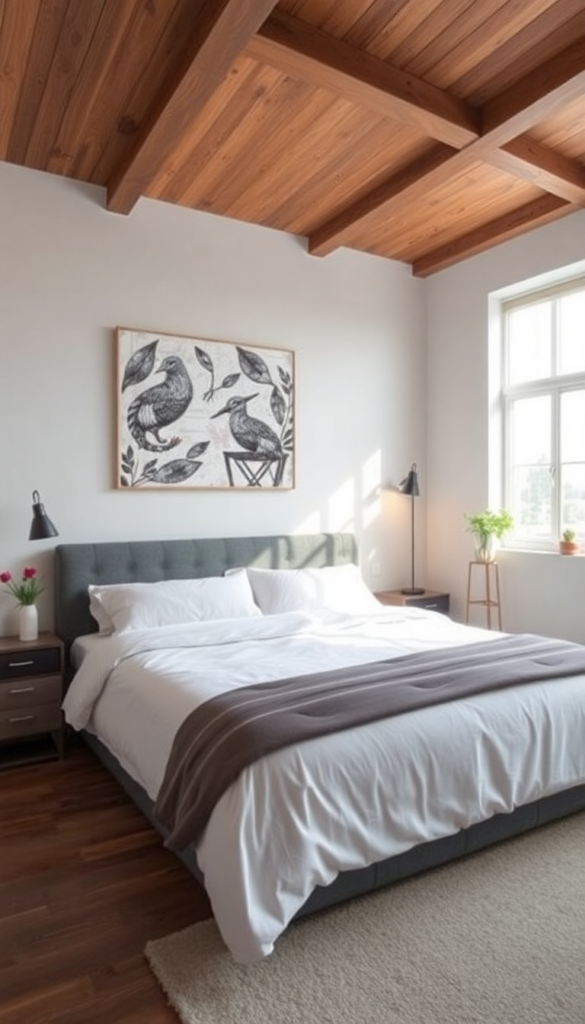
A standard bedroom size in most homes ranges from 10×10 feet to 12×12 feet (100-144 square feet).
This provides enough space for a bed, nightstand, and dresser without feeling cramped.
However, factors like home design, region, and function affect bedroom dimensions.
2. The Legal Minimum Bedroom Size
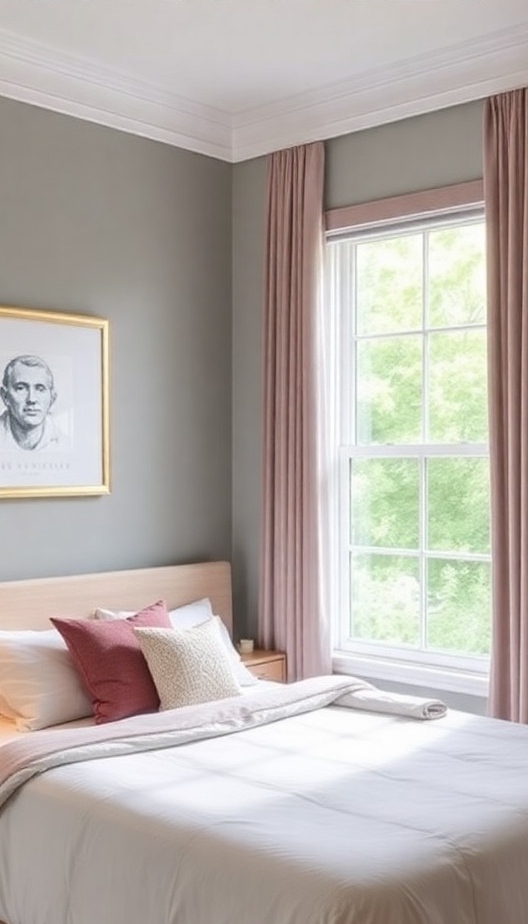
If you’re in the U.S., the International Residential Code (IRC) states that a legal bedroom must be at least 70 square feet and no less than 7 feet in any direction.
A standard bedroom should also have at least one window for emergency egress and a closet, although closet requirements vary by state.
3. Small Bedroom Size: How Compact Can You Go?
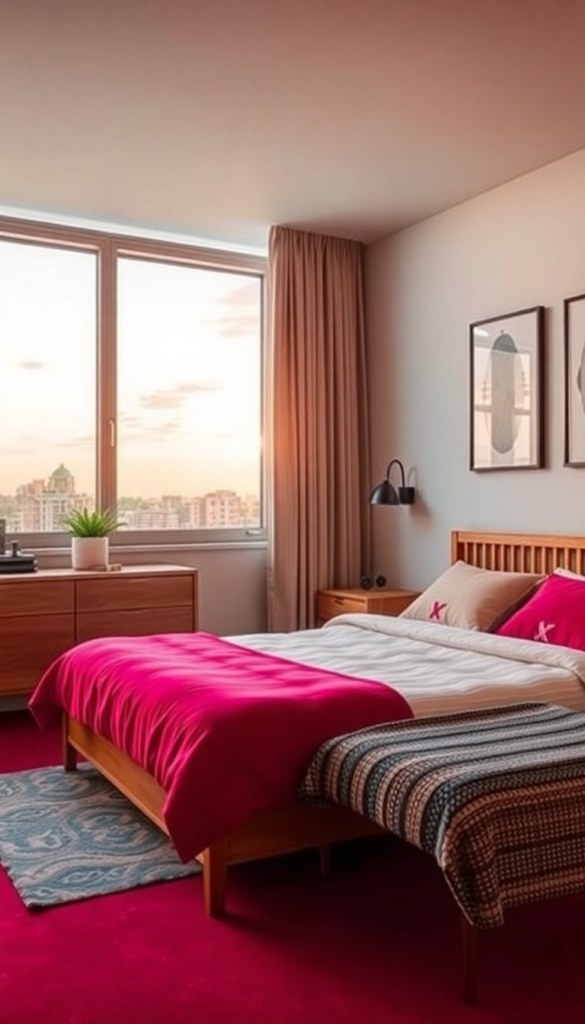
A small bedroom typically measures between 7×10 feet to 9×9 feet.
These are common in apartments, guest rooms, and older homes where space is tight.
While you can fit a twin or full-size bed, storage requires creativity—think under-bed storage, wall-mounted shelves, and multifunctional furniture.
4. Medium Bedroom Size: The Comfortable Standard
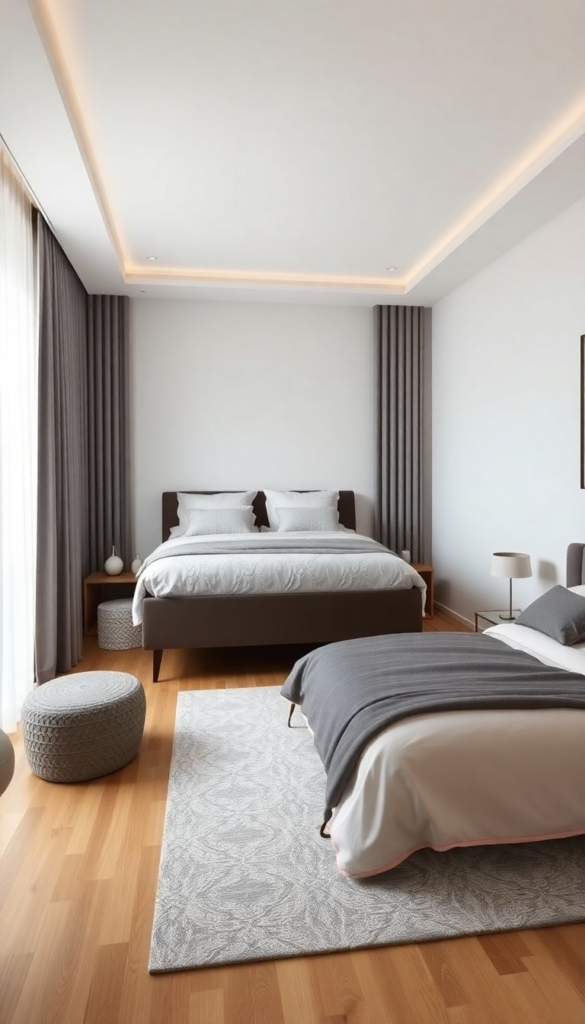
The sweet spot for most homes is a 10×12 foot bedroom.
This size accommodates a queen bed, a nightstand on each side, and a small dresser without feeling overcrowded.
If you’re designing a home or apartment, this is the ideal balance between comfort and efficiency.
5. Large Bedroom Size: A Spacious Escape
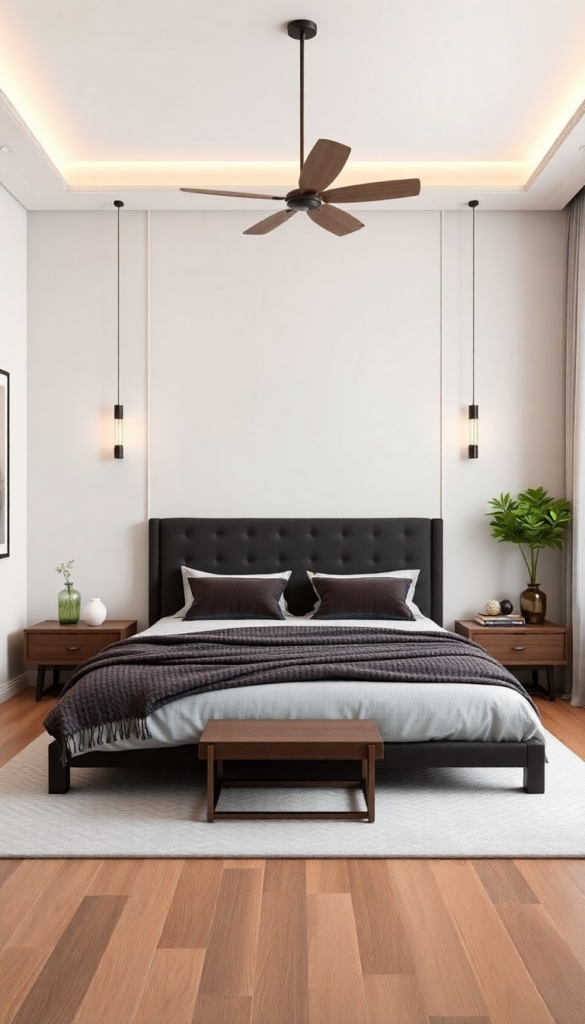
A large bedroom starts at 12×14 feet or larger.
These rooms can hold a king-size bed, multiple dressers, a seating area, and even a small desk.
If you love a bedroom that doubles as a relaxation space, this is where you’ll feel most comfortable.
6. Master Bedroom Size: The Luxury Standard
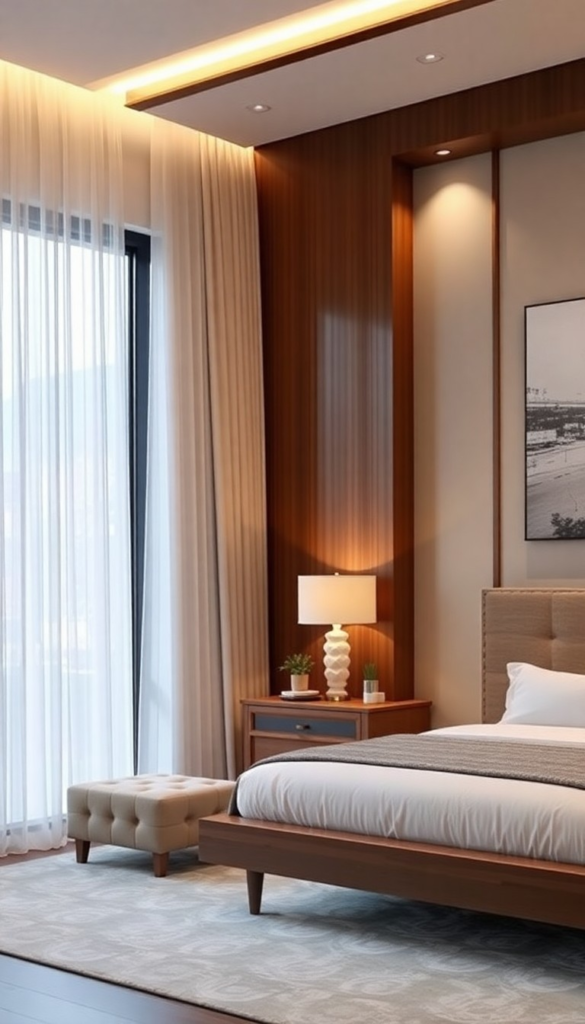
A master bedroom typically ranges from 14×16 feet to 16×20 feet.
This size allows for a king bed, a lounge chair, an en-suite bathroom, and a walk-in closet.
If you’re designing a new home, consider the flow of the space—a larger master suite can add value to your home.
7. Primary Suite vs. Standard Bedroom
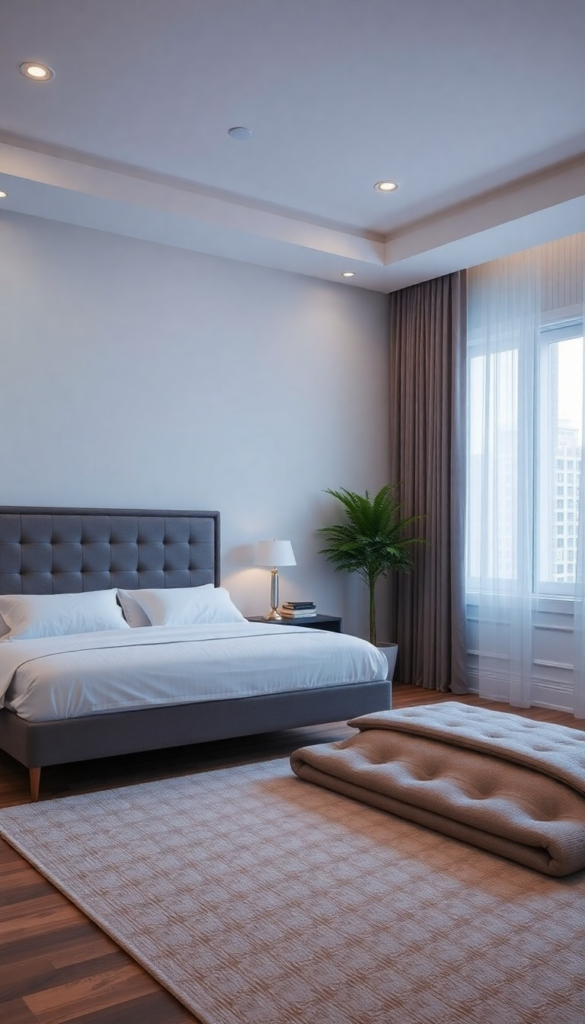
Modern homes often include a primary suite instead of just a bedroom.
A primary suite includes a large sleeping area, an attached bathroom, and sometimes a walk-in closet or sitting area.
This extra space makes it feel more like a personal retreat rather than just a bedroom.
8. Guest Bedroom Size: How Big Should It Be?
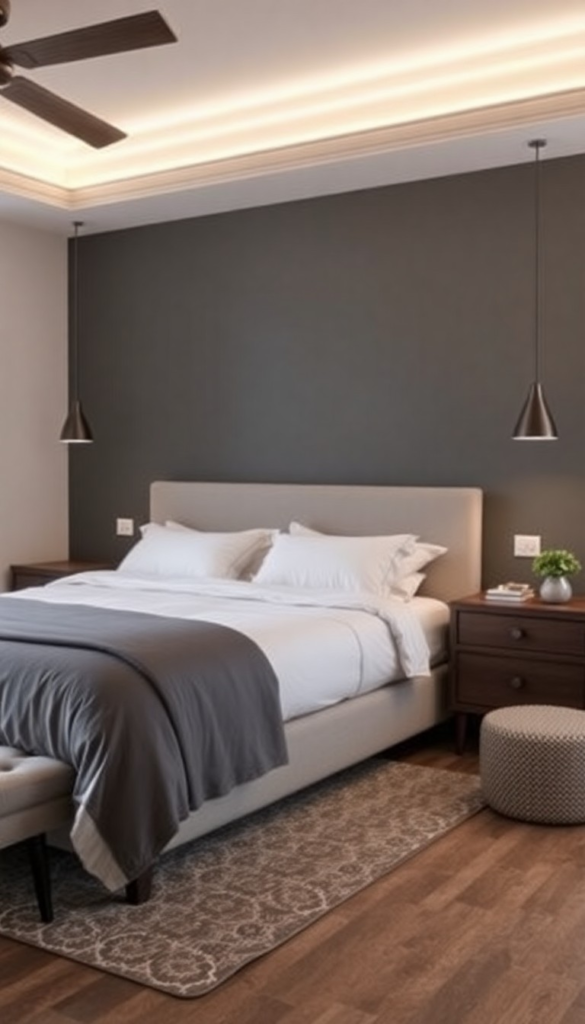
A guest bedroom is usually smaller than a primary bedroom, ranging from 10×10 feet to 12×12 feet.
It should be big enough for a queen bed and minimal furniture, offering comfort without wasting space.
9. Children’s Bedroom Size: What Works Best?
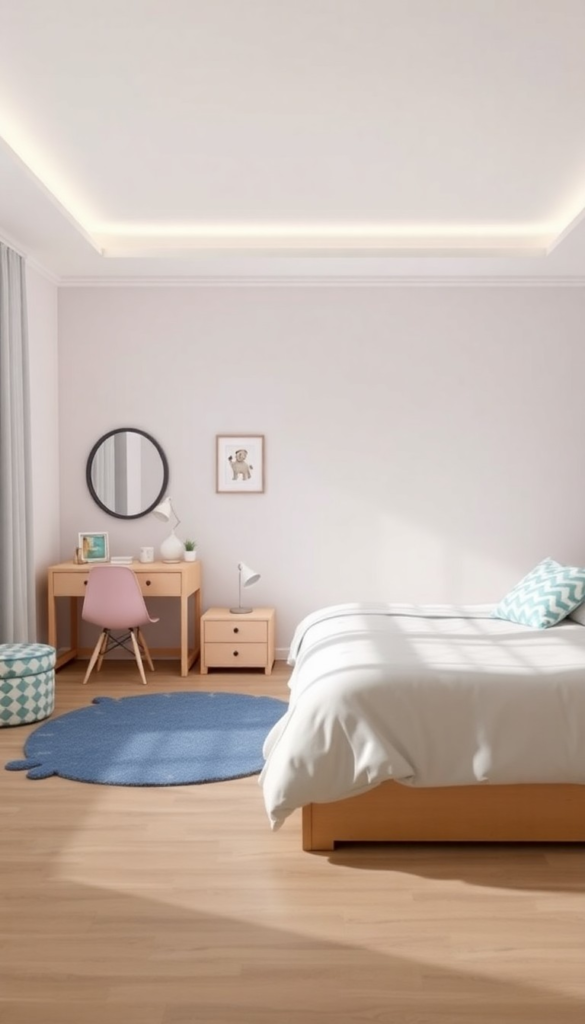
A kid’s bedroom can be smaller, around 9×10 feet or 10×10 feet.
This allows space for a twin or full bed, a small desk, and storage.
As children grow, their needs change, so think about flexible furniture that can adapt over time.
10. Teen Bedroom Size: Room to Grow
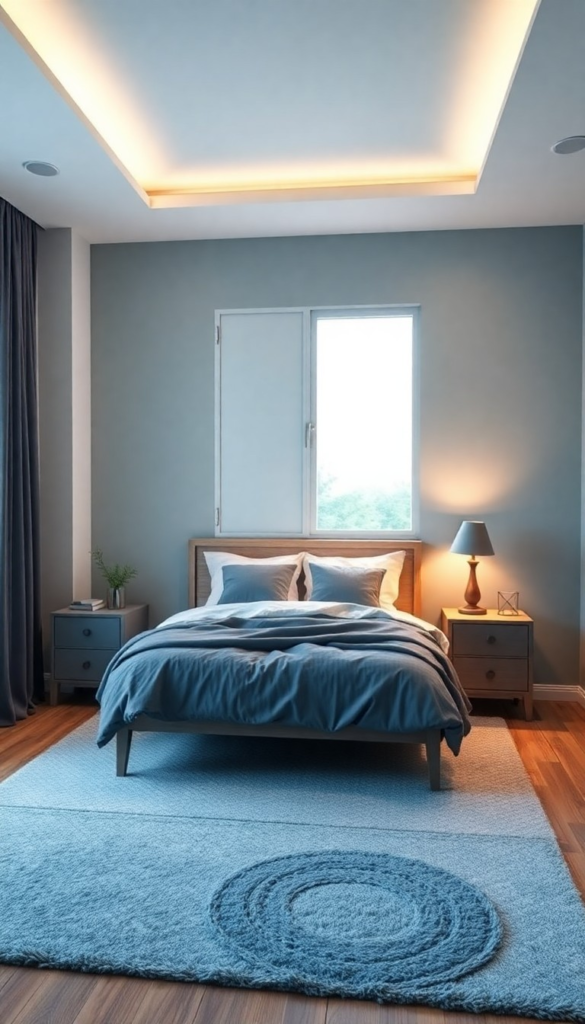
Teenagers need more space for a desk, hobbies, and storage. A good size is around 10×12 feet to 12×14 feet.
This gives them room for a full or queen bed, a workspace, and extra storage for clothes and gear.
11. Apartment Bedroom Size: The Urban Reality
In apartments, bedrooms can be smaller, ranging from 8×10 feet to 10×12 feet.
Maximizing space with vertical storage, mirrors, and multipurpose furniture is key.
12. Tiny House Bedroom Size: Small But Mighty
For those embracing the tiny house movement, bedrooms can be as small as 6×8 feet.
Many feature lofted beds to save floor space, with built-in storage and foldable furniture.
13. Ideal Bedroom Size for a King Bed
A king-size bed (76×80 inches) fits best in rooms at least 12×12 feet, though 14×16 feet or larger provides space for additional furniture and movement.
14. Ideal Bedroom Size for a Queen Bed
A queen-size bed (60×80 inches) works well in 10×10 feet rooms, though a 10×12 feet space gives extra room for nightstands and a dresser.
15. The Impact of Ceiling Height on Bedroom Space
Even if a bedroom meets standard size requirements, low ceilings can make it feel smaller.
A standard ceiling height is 8 feet, but modern homes often feature 9-10 foot ceilings for a more open feel.
16. Bedroom Layout Tips for Small Spaces
- Use wall-mounted shelves instead of bulky bookcases.
- Opt for a murphy bed or loft bed to free up floor space.
- Place mirrors strategically to reflect light and create depth.
17. Bedroom Layout Tips for Large Spaces
- Divide the room into functional zones (sleeping, lounging, dressing).
- Use area rugs to define spaces within the room.
- Add a reading nook or seating area to make it feel cozy.
18. How Bedroom Size Affects Home Value
Larger bedrooms add value to a home. In real estate, a spacious primary suite is one of the most sought-after features.
A home with multiple standard-sized bedrooms also appeals to families.
19. Customizing Bedroom Size Based on Needs
Your ideal bedroom size depends on your lifestyle. If you love minimalism, a smaller bedroom may be perfect.
If you spend a lot of time in your room, a larger space with seating and storage might be better.
20. What’s the Future of Bedroom Sizes?
As home designs evolve, bedrooms are becoming more versatile spaces.
Many new homes feature multi-use bedrooms with built-in desks, reading nooks, or small workout areas.
21. Final Thoughts: What’s the Best Bedroom Size for You?
The best bedroom size depends on your needs, space availability, and design preferences.
Whether you’re downsizing to a cozy retreat or upgrading to a spacious suite, knowing standard bedroom dimensions helps you make informed choices.
Now that you know the ins and outs of bedroom sizes, what’s your ideal bedroom size? Are you a fan of compact efficiency or spacious luxury?

